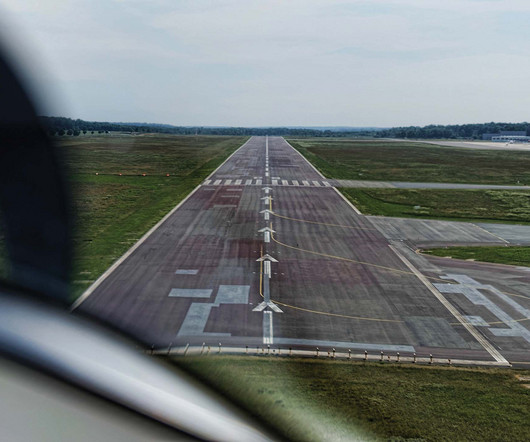When Training Turns Too Realistic
Plane and Pilot
OCTOBER 2, 2024
No flying in winds exceeding 10 knots, no chance of obscuring precipitation, no use of runways shorter than 5,000 feet, no risk of encountering darkness or lowering ceilings. By doing so, a recognizable, firm input demonstrates that using all the aileron travel wasn’t the answer—those rudder pedals are not footrests.











Let's personalize your content